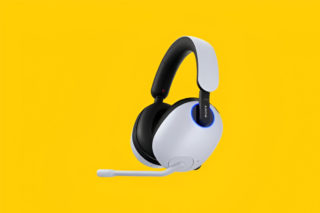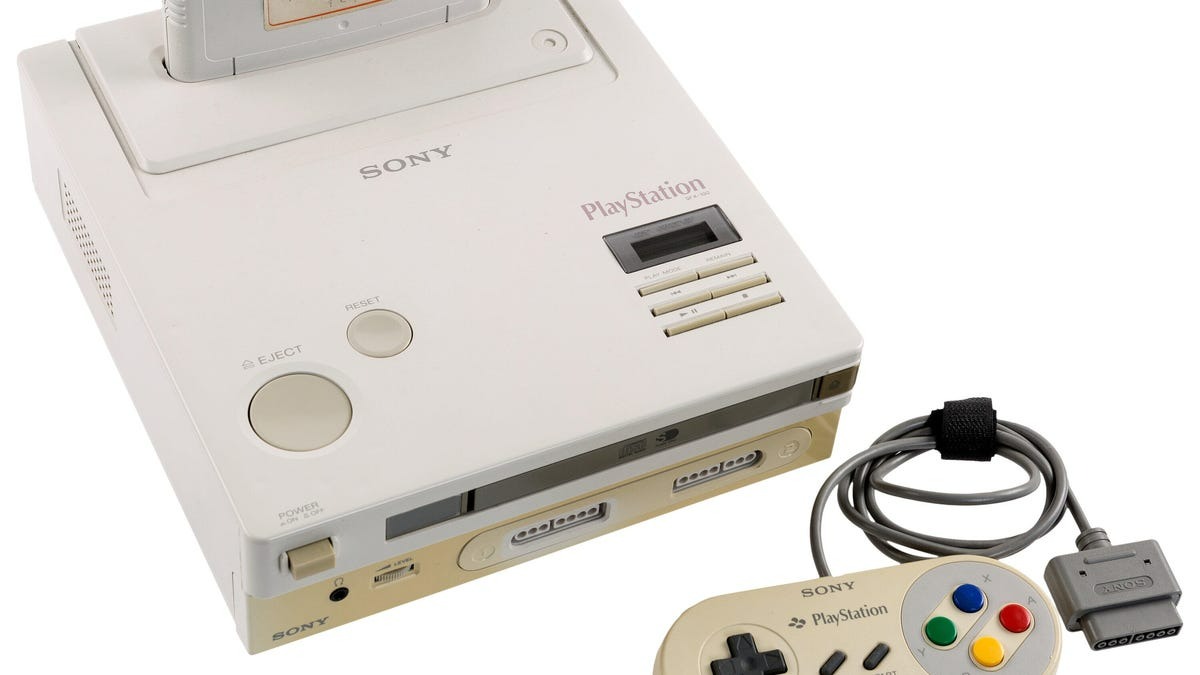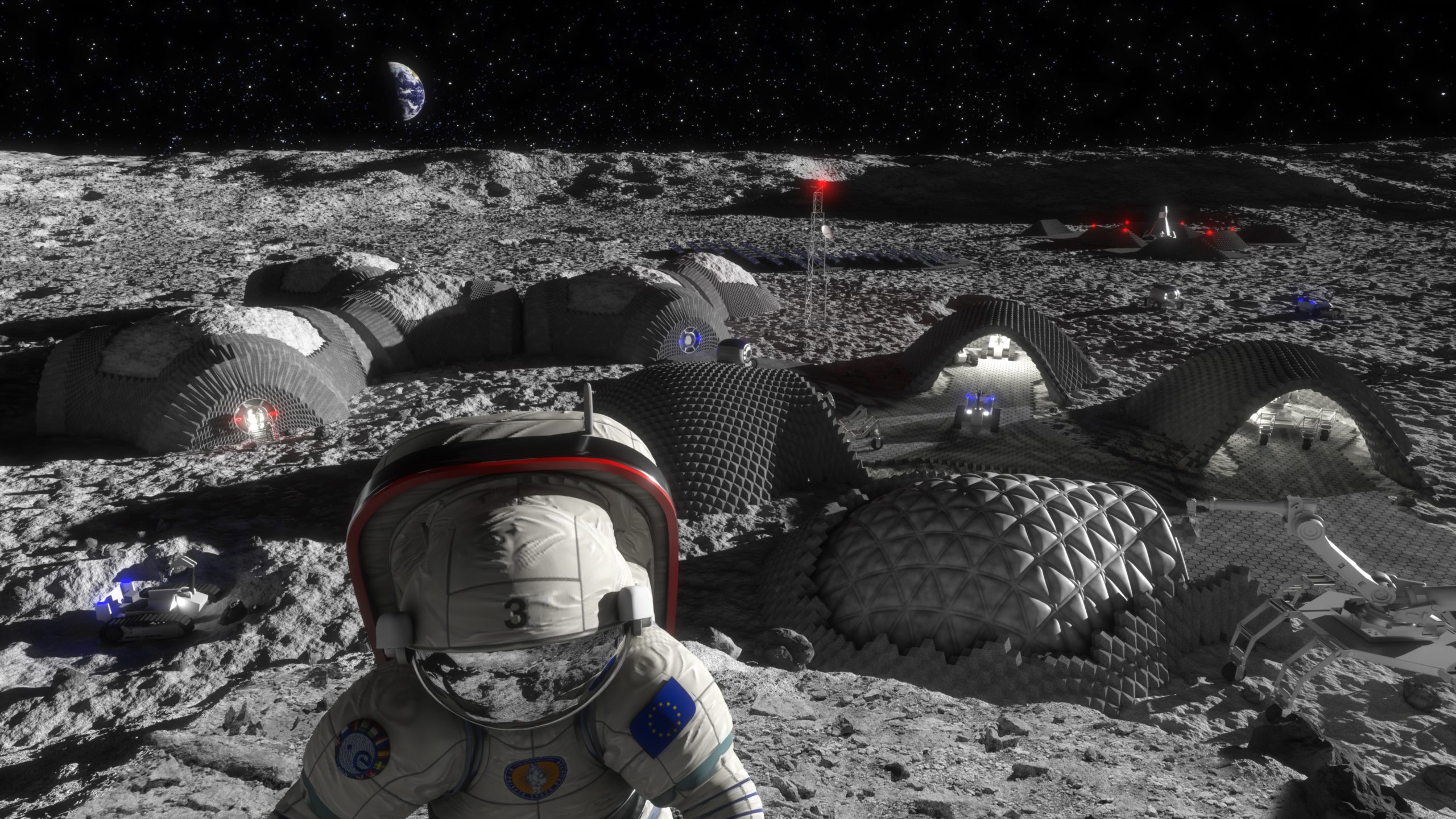When premium smartphones flop, even Apple hits the brakes—and the iPhone Air 2 just became the latest casualty. The company has indefinitely delayed its second-generation ultra-thin device, originally slated for fall 2026, according to reports from 9to5Mac. This move, described as “rare if not unprecedented” for Apple, signals deeper trouble in Cupertino’s quest to crack the elusive “fourth iPhone” formula.
Production Lines Go Dark
Manufacturing partners are already dismantling iPhone Air 2 production infrastructure.
Foxconn has dismantled most production lines for the device and plans to halt all remaining manufacturing by November’s end. Luxshare already ended its production run in October. These aren’t subtle hints—they’re corporate death rattles for a product that never found its audience. When your manufacturing partners start tearing down assembly lines, you know the writing’s on the wall.
The Camera Complaint That Killed a Phone
Users rejected the single-camera setup, forcing Apple back to the drawing board.
The original iPhone Air’s Achilles’ heel? That lonely single rear camera staring back at you like a tech industry dad joke nobody wanted to hear twice. Consumer feedback hammered this limitation repeatedly, with users demanding the dual-camera setup they expected from a premium device. Apple’s engineers are reportedly working on a redesigned model with dual 48MP cameras, but it’s still “too early to tell” if this fixes the fundamental appeal problem.
Timeline Chaos Hits Apple’s 2026 Lineup
The delay reshuffles Apple’s entire iPhone roadmap through 2027.
Fall 2026 now brings only the iPhone 18 Pro models and the long-awaited iPhone Fold—assuming that device doesn’t hit its own roadblocks. The standard iPhone 18 and budget iPhone 18e have also slipped to spring 2027, potentially joining a redesigned iPhone Air 2 in what could be Apple’s most congested launch window ever.
Vapor Chamber Dreams Meet Market Reality
Planned improvements included lighter build and iPhone 17 Pro cooling tech.
The delayed iPhone Air 2 was supposed to deliver genuine innovation: an even lighter chassis, increased battery capacity, and vapor chamber cooling borrowed from the iPhone 17 Pro. These weren’t gimmicks—they addressed real engineering challenges in ultra-thin devices. But when consumers care more about that missing second camera than your thermal management breakthroughs, even Apple’s best engineering can’t save a product’s market prospects.
This delay exposes Apple’s ongoing struggle to diversify beyond its core iPhone lineup. Like the discontinued Mini and Plus models, the Air series represents another attempt to find that sweet spot between mainstream and Pro that consumers actually want to buy.





























